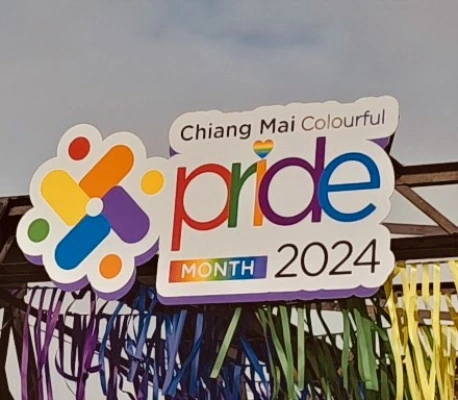
Pride Month in Thailand
Travelling in Thailand sometime ago, I was struck by the Pride signage everywhere. In subways, malls, theatres, highways – bright rainbow colours, bands of bright diversity greet you. Thailand is also most sought-after by patients seeking gender-reassignment operations.
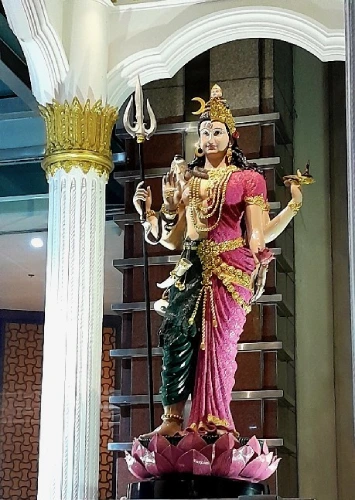
Ardha-narishwar, the concept of two genders in one exists in both Thai and Indian iconography
On the ground, though, the country still has some way to go beyond the optics. A traditional society makes it difficult outside Bangkok to be open about queer identity. Same-sex relationships are legal, but don’t enjoy many of the rights that straight citizens do. Gay men cannot be blood donors. Thai Red Cross deems this policy an avoidance of risk, rather than discriminatory practice.
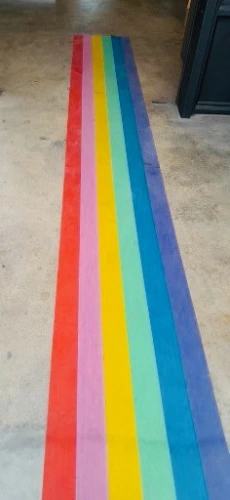
Creating pathways to a universe of acceptance
Given that the Thai state has at least tried to create an ecosystem of support, though, it doesn’t seem such as an impossible thing to be queer in Thailand. In India, the big cities see some openness, and legal status has had a long battle, but in most states, the environment to live and work in safety simply doesn’t exist.
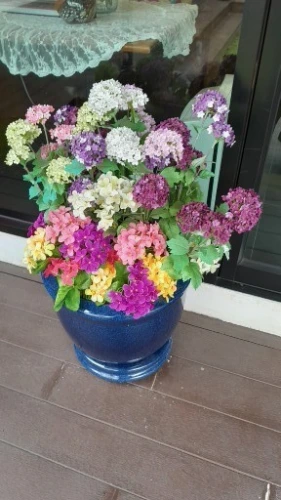
The joys of Diversity in nature
Little seems to have changed fundamentally in the twenty-five years since I met volunteers at Sakhi, a lesbian support group in Delhi, to do a story on their work. In those days, nobody even knew the word queer; and the few men and women who had opened up were treated as the Western stereotype.
But the overflowing mail boxes at Sakhi’s little office told another tale of rural India. Postcards, inlands, envelopes of all kinds, from what looked like every village or mofussil town in India. Women were reaching out, asking for help in many languages, mostly in Hindi. Telling their stories of being born a lesbian in a society which couldn’t or wouldn’t relate to their identity, their predicament. Bad enough to be a gay man here, but being a queer woman was downright dangerous. Many lived their identity so secretly that I was astounded by their courage in even writing to this support group.

Sign outside an art cafe in Bangkok
One thing united them; they were all stories of love.
It has stayed with me; the memory of that courage, that passion. And I remembered them anew when I saw this rainbow bridge in Chiang Mai.
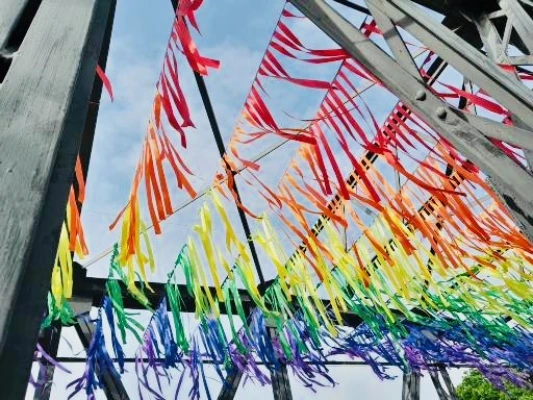
Iron bridge in Chiang Mai
Lina Krishnan is an abstract artist and writer in India. Small Places, Open Spaces is her chapbook of nature verse. Her poems can also be seen in sixteen anthologies, among them the Black Bough Poetry Winter Anthology; and three editions of the Yearbook of Indian Poetry in English.
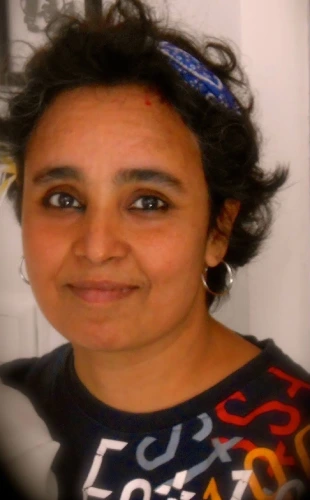
Subscribe to our newsletter To Recieve Updates
Join our newsletter to receive updates